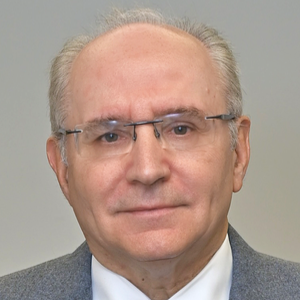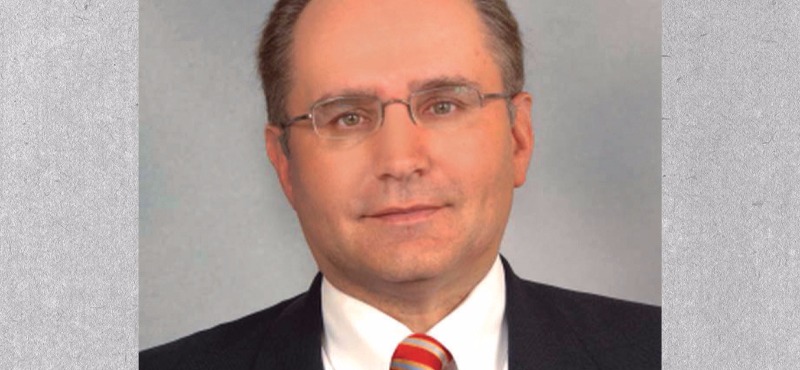The objective in creating a Limited Liability Company (“LLC”) under Article 2 of New York’s Limited Liability Company Law (“NYLLCL”) is to protect the member(s) of an LLC from the contractual obligations and liabilities incurred by the LLC. This limited liability protects the members from being personally liable for these liabilities. The members would only be liable up to the amount invested into the LLC and any assets owned by the LLC. Over the past 10 to 15 years LLC’s have become the vehicle of choice when one wants to create a business entity, especially one that will be the owner of commercial real estate. An LLC is an unincorporated entity under New York law.
However, merely creating the LLC without taking other important steps and preparing and executing necessary documents will most likely not give the LLC members the protection desired, and could result in a claimant or creditor of the LLC being able to pierce the LLC’s limited liability and hold the members of the LLC personally liable. Some of the documents and steps that need to be taken are as follows:
(a)The execution and adoption of an “operating agreement” within 90 days of the formation of the LLC. The “operating agreement” governs how the LLC will operate. It creates the guidelines for the LLC and its members;
(b)The LLC members should also execute a “subscription agreement” when the LLC is formed; this document along with the actual certificates of membership provide proof of who owns the LLC’s membership interest(s);
(c)When the membership interests in the LLC are transferred to new members (whether an individual and/or a trust), typically, under the terms of the “operating agreement” a “joinder agreement” is required. The “joinder agreement” is a document wherein the new member(s) agree to be bound by the terms of the “operating agreement”;
(d)Additionally, when actions are being taken by members, those actions should be formalized in a written resolution executed by all the members. For example, if all of the members have decided to sell and/or purchase real property, a written resolution to that effect should be prepared and signed;
(e)NYLLCL §301(e) requires that all LLC’s file a biennial statement (every two years) to remain in good standing as an LLC.
In addition to the above stated documents, the members of the LLC must take certain steps to ensure the separate legal nature of the LLC be maintained. For example, it is imperative that the members of the LLC do not commingle their personal funds with the business funds of the LLC. Separate bank accounts and separate account ledgers must be maintained. Additionally, the rental income due to the LLC should never be paid directly to the individual LLC member nor should it ever be deposited directly in a member’s personal account. The same rules apply to the expenses of the LLC and the payment of said expenses.
The members of the LLC should also have annual meetings and create a written record of such meetings. While there is no definitive way to determine if the LLC’s structure can be pierced by a creditor, each step taken by the LLC to show that corporate formalities have been undertaken will help bolster the argument that the LLC is a real company, and not merely an alter ego of the individual member(s).
In short, the LLC must always be operated and maintained as a separate and distinct legal entity from the members of the LLC.
In conclusion, each of the above stated documents and actions engaged in by the members of the LLC go a long way in preventing the possibility that the LLC members will be held personally liable for the obligation and actions of the LLC. Simply creating an LLC is not enough!
Anthony J. Enea is a member of Enea, Scanlan and Sirignano, LLP of White Plains, New York. He focuses his practice on Wills, Trusts and Estates and Elder Law. Anthony is the Past Chair of the Elder Law and Special Needs Section of the New York State Bar Association (NYSBA), and is the past Chair of the 50+ Section of the NYSBA. He is a Past President and Founding member of the New York Chapter of the National Academy of Elder Law Attorneys (NAELA). Anthony is also the Immediate Past President of the Westchester County Bar Foundation and a Past President of the Westchester County Bar Association. He can be reached at 914-948-1500 or at a.enea@esslawfirm.com. Anthony J. Enea, Esq. wishes to thank firm associate Michael P. Enea, Esq. for his assistance with the drafting of this article.























